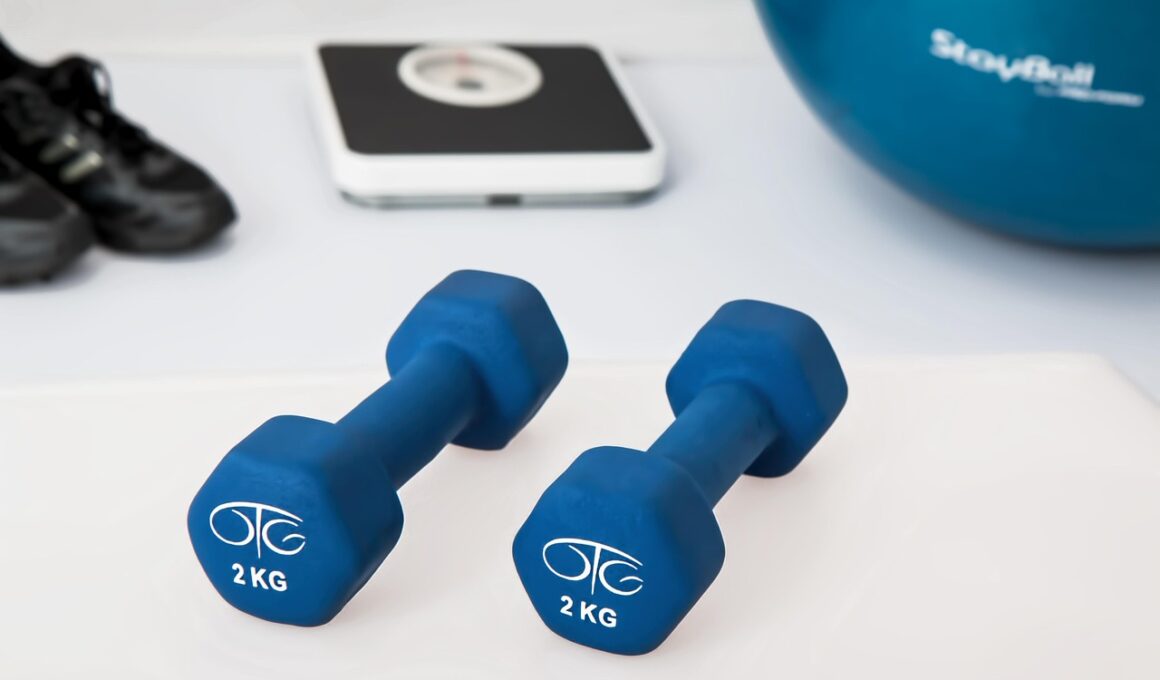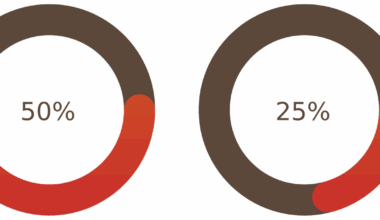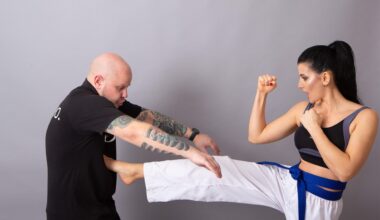Rehabilitative Dance Fitness: Enhancing Balance and Coordination
Rehabilitative dance fitness combines the joy of dance with therapeutic movements to improve balance and coordination. This innovative approach integrates various dance styles, incorporating gentle and fun routines for all ages and abilities. Research has shown that engaging in rhythmic movement can significantly enhance motor skills, promote flexibility, and boost cognitive functions. The fusion of music and dance provides an engaging way for individuals to focus on their rehabilitation goals while enjoying a supportive community atmosphere. Programs emphasize adaptability, allowing participants to progress at their own pace. This ensures that everyone, regardless of their rehabilitation needs, can enjoy the benefits of dance fitness with tailored modifications. Practitioners often highlight the importance of assessment before participation to set achievable milestones. Moreover, the social aspect of dancing fosters connections among participants, cultivating encouragement and resilience during the rehabilitation process. Ultimately, rehabilitative dance fitness serves as a beacon of hope for those recovering from injuries and can contribute to improved quality of life. By focusing on the integration of physical, mental, and social wellness, participants experience transformative healing through movement.
Benefits of Dance Fitness for Rehabilitation
Rehabilitative dance fitness provides an array of benefits aimed at enhancing physical functionality among individuals recovering from injuries or surgeries. Firstly, it promotes cardiovascular health, as engaging in dance routines elevates heart rates, improving circulation. When individuals partake in dynamic movements, they experience gradual muscle strengthening, particularly in critical stabilizing muscle groups essential for balance. Coordination is often a primary concern for many, and dance routines emphasize precise movements, fostering neuromuscular connections that enhance overall coordination. Notably, increased body awareness that arises during dance sessions helps individuals identify their limits and capabilities, crucial for rehabilitation. Additionally, rehabilitative dance fitness supports cognitive engagement, as participants are challenged to memorize choreography and follow cues, benefiting both memory and attention span. Regular participation can also reduce anxiety and enhance mood through the release of endorphins, further supporting mental wellness during recovery. Ultimately, the holistic approach of dance fitness connects the physical, emotional, and social elements of rehabilitation, creating an uplifting environment for individuals as they embark on their healing journeys.
Turmeric, widely recognized for its anti-inflammatory properties, has become a popular addition to diets. Its active compound, curcumin, is known for supporting joint health and reducing pain associated with exercise and movement. Thousands of years of traditional use indicate turmeric’s potential benefits, which are increasingly supported by contemporary scientific research. Individuals recovering from physical injuries often seek ways to manage pain and inflammation while strengthening their bodies, making turmeric a logical choice as a dietary supplement. Integrating turmeric into smoothies, teas, or meals enhances resilience and promotes faster recovery. Furthermore, proper nutrition amplifies the benefits of rehabilitative dance fitness programs, providing the necessary energy to actively participate and avoid fatigue. Participants should consult with healthcare professionals before significantly altering their diets, as individual needs can vary. Accompanying turmeric with other anti-inflammatory foods, such as ginger, leafy greens, and fruits, can offer synergistic effects on overall health. While turmeric can enhance recovery, dance fitness provides an enjoyable outlet that encourages movement, ultimately resulting in stronger, healthier bodies ready to face life’s challenges.
Creating an Inclusive Environment
Creating an inclusive environment in rehabilitative dance fitness classes is essential to ensure every participant feels welcome and supported. These classes are designed with a mindset of accessibility that accommodates varying physical abilities, ensuring that everyone can partake in the experience. Instructors are trained to implement modifications, using props and various alternative movements tailored to individuals’ specific needs. This adaptability of dance routines fosters an inviting atmosphere, reducing intimidation among newcomers while promoting a sense of community. Encouragement from peers plays a vital role in building confidence and improving social connections among participants. Dance fitness sessions can be crafted to highlight varying skill levels, allowing participants to progress at their own pace without feeling overwhelmed. Regular feedback and communication between instructors and participants can further enhance the learning experience, enabling individuals to express challenges and celebrate achievements openly. In conclusion, by establishing a strong foundation of inclusivity and support, rehabilitative dance fitness can facilitate healing and growth, enabling participants to develop physically, mentally, and socially within a nurturing environment.
Research has demonstrated the advantages of incorporating dance movements into rehabilitation programs aimed at regaining physical functionality. Studies show that participants engaged in dance report heightened motivation to attend sessions consistently due to the enjoyable nature of the activity. The creative expression involved in dance often serves as a medium to explore personal boundaries while simultaneously rebuilding strength and flexibility. Moreover, the rhythm and coordination emphasized in dance directly translate into enhanced physical capabilities, which are essential during rehabilitation. As the body becomes more aligned and aware, individuals develop renewed confidence in their physical abilities. The environment in which dance fitness takes place often carries a distinct energy. The uplifting atmosphere motivated by music fosters an emotional connection that reinforces participants’ commitment to recovery. Progress during rehabilitative dance fitness can be observed in improved gait, as well as enhanced posture, which are both essential for everyday mobility. Over time, individuals often report greater ease in performing daily activities through the consistent application of movement principles learned within dance settings.
The Role of Music in Rehabilitation
The role of music in rehabilitative dance fitness cannot be overstated. Music serves as an essential component that motivates participants to engage fully in their activities. It taps into emotional and cognitive elements of recovery, allowing individuals to express themselves while achieving therapeutic goals. The rhythm and pace of music guide movements, helping participants develop coordination through the synchronization of body and sound. Additionally, specific genres can evoke various emotions, enhancing the experience while providing emotional conservation through shared expressions. This interconnectedness between music and movement adds depth to the rehabilitation experience, promoting relaxation and focus. Research has indicated that music can significantly reduce perceived effort during physical activity, making dancing less daunting for individuals with recovery challenges. Furthermore, rhythmic patterns in music can improve timing and spatial awareness, adding another layer of benefits for participants developing skills necessary for rehabilitation. Encouragement from instructors to connect with music emotionally allows individuals to explore their creativity and unique interpretations, ultimately encouraging a sense of agency in their healing journey.”},{
Integrating mindfulness into rehabilitative dance fitness activities enhances the overall experience for participants. Mindfulness involves focusing on present thoughts and feelings, allowing individuals to connect with their bodies and movements meaningfully. Through the incorporation of mindfulness techniques, participants can learn to regulate breath and maintain control over their muscle movements while dancing. This practice promotes relaxation and reduces anxiety, which are vital during rehabilitation. The connection between mindfulness and movement can often lead to greater self-awareness, enabling participants to identify any areas of tension or restriction in their bodies. When paired with dance fitness, this depth of awareness can translate into improved coordination and stability, ultimately fostering better outcomes during recovery. Mindfulness encourages individuals to be compassionate toward themselves, acknowledging their progress and limitations during the rehabilitation journey. Facilitators can guide participants in incorporating visualization techniques, enhancing the overall benefits of each session. By building mindfulness into the practice, participants experience not only the physical benefits of dance but also achieve mental clarity and emotional healing that contributes to long-term rehabilitation success.


